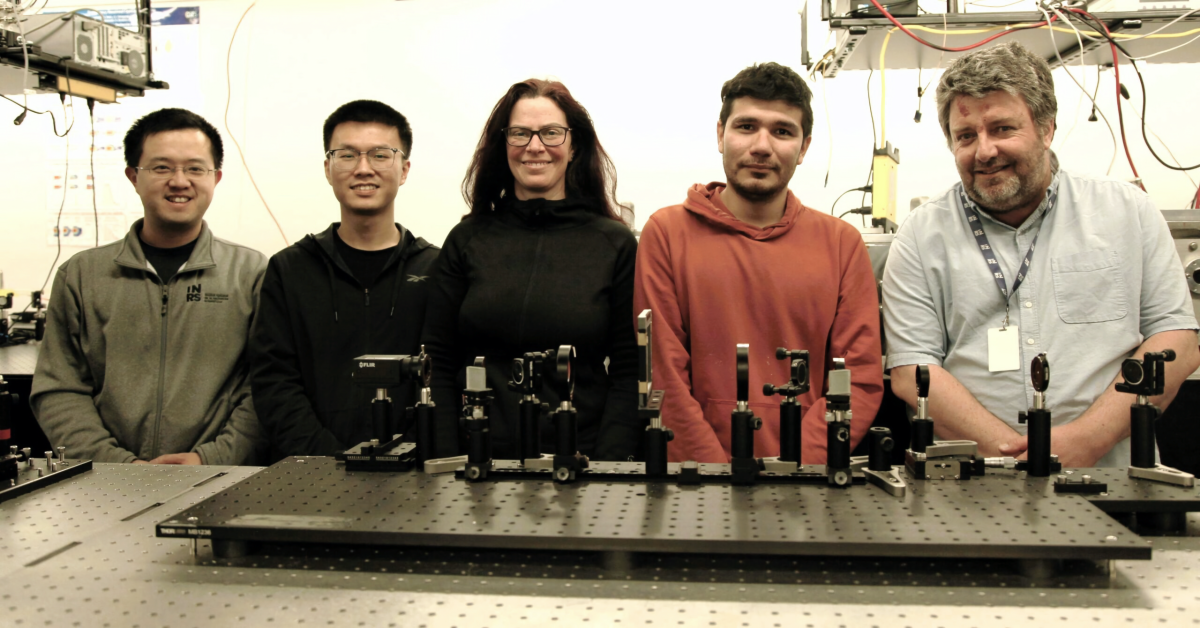Scientists have created a blazing-fast scientific camera that shoots images at an encoding rate of 156.3 terahertz (THz) to individual pixels — equivalent to 156.3 trillion frames per second. Dubbed SCARF (swept-coded aperture real-time femtophotography), the research-grade camera could lead to breakthroughs in fields studying micro-events that come and go too quickly for today’s most expensive scientific sensors.
SCARF has successfully captured ultrafast events like absorption in a semiconductor and the demagnetization of a metal alloy. The research could open new frontiers in areas as diverse as shock wave mechanics or developing more effective medicine.



Fuckin dope
I was doing some napkin math for how many femtoseconds there are between each frame and how that compares to Planck time but this response does a better job capturing how cool this is.
I’m curious on your calculations nonetheless.
A femtosecond is 10^-15 seconds. Tera Hertz frequency is equivalent to a period length of 10^-12 second, a pikosecond.
So with 156 tera Hertz a frame is around 6.4 femtoseconds.
Planck time is around 10^-43, so still some way to go until we reach the clock speed of our universe :)
Hope I did that right!
So, considering the speed of light is approximately 3e8m/s, a frame time of 6.4fs means light can move 1.92 micrometers per frame.
If they recorded at that speed for 1 hour and played it back at 1 frame per second, all the time since the Big Bang will have passed before they get through 40 minutes of recording.
Almost, but not quite. A single second recording played at one fps would take roughly 5 million years to finish, so a 40 minute recording would take 12 billion years to finish at 1 fps. The big bang was 13.8 billion years ago.
I initially thought, “why would we need this,” but these two comments helped me readjust. I don’t need it but we’ll find a use for it.